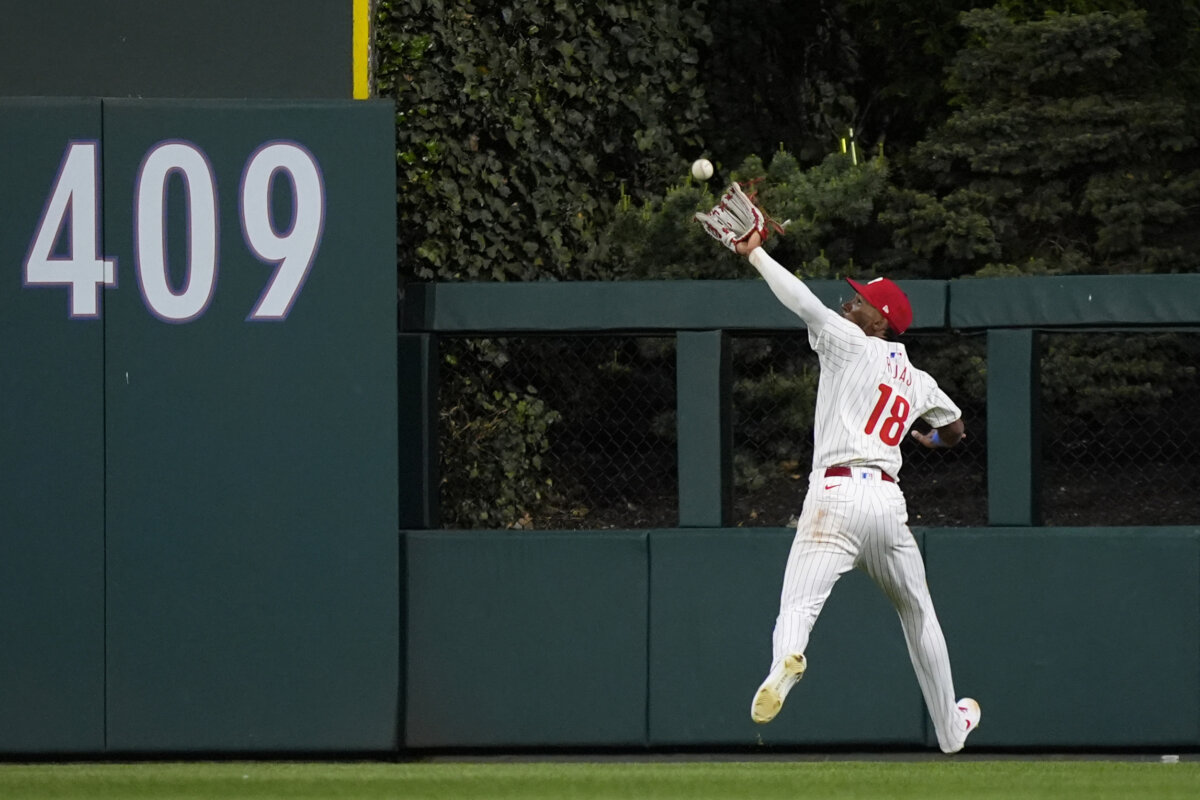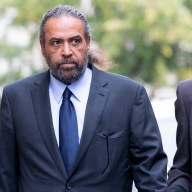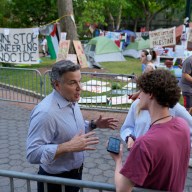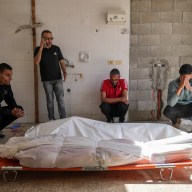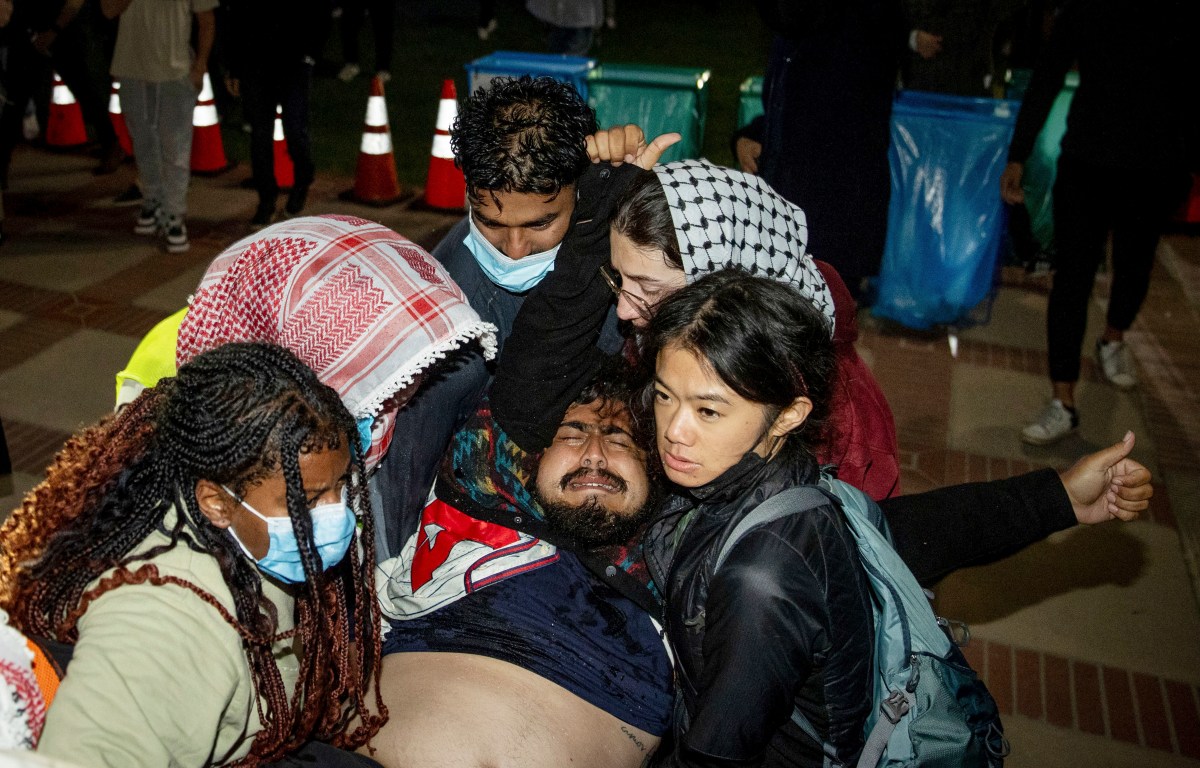CALGARY – Aboriginal communities have already been hit hard by the H1N1 virus, and now squabbling about who’s responsible for their health is stalling vital flu preparations ahead of a potential resurgence, Liberal MPs and native leaders charged Tuesday.
Four MPs met with chiefs and elders from across Canada who are in Calgary for a meeting of the Assembly of First Nations to discuss how they’re preparing for the possibility the virus could spread quickly when fall flu season begins.
They heard over and over again that jurisdictional arguments are getting in the way of action, said Liberal aboriginal affairs critic Todd Russell.
“When a person is ill, they must be treated,” said the Labrador MP.
“There should be no squabbling between the federal government, the provincial governments or various health boards about who cares for a First Nations person, an Inuit person, a Metis person, or any other Canadian.”
The H1N1 strain of the flu has been involved in at least 45 deaths across Canada. Many infections have been in aboriginal communities, which are often harder hit due to crowded housing and a lack of access to clean water.
Kirsty Duncan, a Etobicoke North MP, who has written a book about the 1918 flu pandemic, said the Harper government knows that a health crisis may strike and should do as much as possible to get ready.
That’s a luxury governments didn’t have in 1918 or when SARS hit, she said.
“We have to take this summer to prepare. This is our window of opportunity.”
The federal government needs to immediately announce which communities have plans for a pandemic and what stage those plans are at. That’s particularly important for remote northern communities that are only accessible by air, she said, since supplies such as Tamiflu won’t be immediately available if someone falls ill.
Diane Kelly, grand chief of Grand Council Treaty 3, which spans northern Ontario and some of Manitoba, said leaders are also concerned about how a potential vaccine and other supplies would be delivered to remote communities if the pandemic proves severe.
“My understanding is, should a full pandemic occur, we may have our communities close down, so we’re concerned that should that happen, how will services come in, whether it be the vaccine or food and water.”
Health Canada hasn’t provided details on how it would deliver a vaccine to isolated reserves, saying last week that the department has “well-established mechanisms for the distribution of vaccines” to such communities.
Duncan said that while touring several remote communities, she was struck by how little some leaders knew about what support they could expect from the federal government, including the fact they could order supplies to help fight back the infection.
“We’ve been in a number of communities and we’ve heard that there has been no communication from the federal government.”
Stan Beardy, a grand chief from northern Ontario, says while the government is aware of the flu pandemic, there doesn’t seem to be a sense of urgency.
“Right now in (remote) communities, we’re struggling just to provide basic health services. We’re stretching our frontline workers – the nurses, the doctors – and if there’s an epidemic, (for) a number of my communities it will be a real challenge.”
Even if a vaccine is developed and provided, many reserves don’t necessarily have anyone living there full time who could give an injection, said Carolyn Bennett, an MP for St. Paul’s, a Toronto riding.
The government should be marshalling all resources in preparation, finding retired nurses and even veterinarians to help out, she said.
They could also take a cue from communities such as Garden Riven in Manitoba, which created bags they hung on each resident’s door containing hand sanitizer and magnets with information such as what to do if your child falls ill, she said.
“We hope that some of the resources that have been expended by individual communities could be rolled out across the country to other communities with the advice of chief and council – what would they need to empower their communities to really be better prepared for the fall?”

